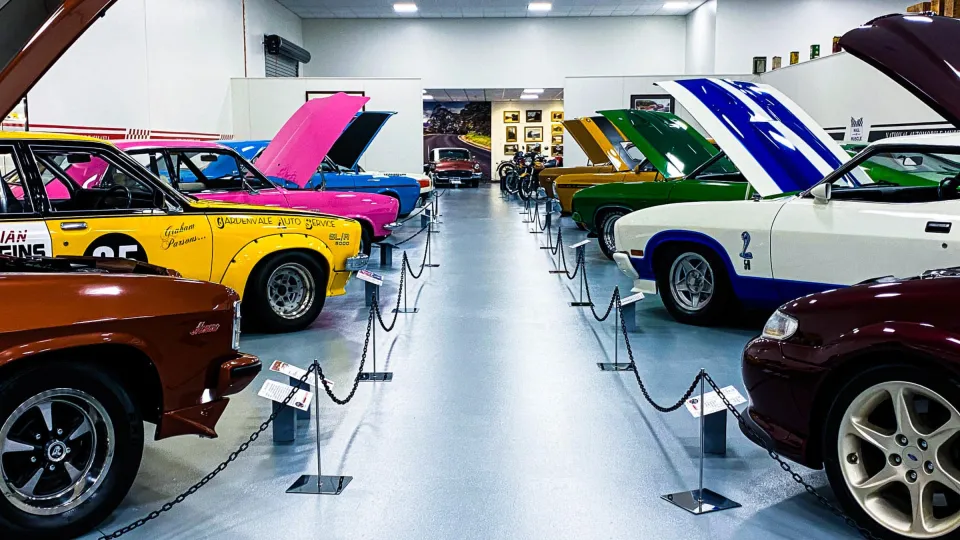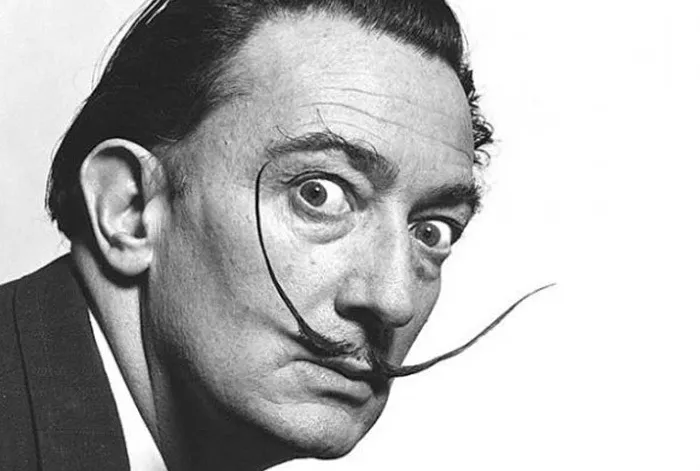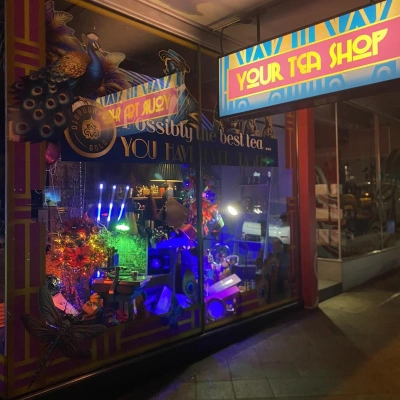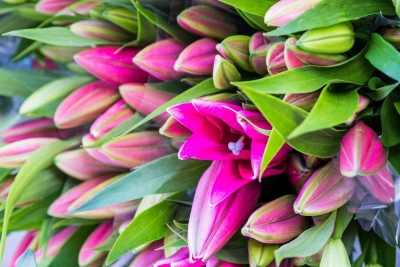Arts and culture

Design Tasmania
Design Tasmania is a not-for-profit design centre dedicated to furthering design in Tasmania through exhibitions, collection and sales.
Their programs, activities and advocacy are designed to embrace diversity, encourage inclusivity and champion professionalism, bringing design to as many as possible.

Design Tasmania was founded in 1976 by Gary Ogle Cleveland AM and Pat Cleveland, and was envisaged by Gary Cleveland as the heart-centre of design for Tasmania.
In 1991 Gary established the Design Tasmania Wood Collection, now with over 80 pieces and on permanent display in various curatorial iterations throughout the galleries. Exhibitions of this collection have toured from Launceston and Hobart to Hawaii, Beijing to New York, Parliament House to Germany, Sweden, Finland and Japan.
Today Design Tasmania welcomes more than 100,000 visitors a year in the gallery, and hosts globally accessible presentations online, continuing to fulfil Gary's mission to have Tasmanian design recognised worldwide.

QVMAG and Gallery at Royal Park
The Queen Victoria Museum and Art Gallery (QVMAG) is the cultural hub of Launceston and the leading destination for art, history and natural sciences in Northern Tasmania.
QVMAG's collection has been in the making since 1842, and includes significant acquisitions and donations from across the world. History, Natural Sciences and Visual Arts and Design are their key collection areas, cared for and exhibited for the community of Northern Tasmania.
QVMAG has two locations: The Art Gallery at Royal Park, and The Museum at Inveresk.

The Museum itself, originally named the Victoria Museum and Art Gallery, was officially opened in 1891 at Royal Park.
In 1998, the Museum began the development of a new site at the Launceston railway yards in Inveresk which opened in 2001. Six years later, the decision was made to create a dedicated Art Gallery at the original Royal Park site with the Inveresk site concentrating on Natural Sciences and History. The flagship 'Tasmanian Connections' exhibition opened in 2010, and in 2011 the refurbished Art Gallery finally opened as a space dedicated to Visual Arts and Design.
The museum at Inveresk is a fantastic day trip to take with the kids, with interactive exhibits and a constant rotation of new and engaging content on offer. The gallery at Royal Park is also child friendly, and houses the authentic Chinese Guan Di Temple as well as a dedicated aboriginal history exhibit showcasing some truly fascinating historical artefacts.

Theatre North
Theatre North is an independent, non-profit organisation established in 1995, dedicated to showcasing local Launceston talent in the theatrical arts. Their main activities are housed in the stunning Princess Theatre, while smaller shows are held in the Earl Arts Centre.

On Monday 28 August 1911, The Examiner read:
"It is the interior that will charm the patron most. He will admire the imposing character of the front elevation, shown up as it will be by the blaze of four 2000 c.p. flame arc lamps, but when he gets within it will be to marvel at the magnificent proportions and the artistic decoration of the house, and its complete and varied appointments… The dome and ceiling are a dream of loveliness."
The enthusiastic story about the new Princess Theatre went on to describe in great detail the foyers, stamped metal ceilings and dome in the auditorium. The Princess Theatre was officially opened two days later by the mayor.
Costing between £14,000 and £15,000 at the time of construction, the Princess Theatre was built for Mr Marino Lucas, a vaudeville entrepreneur from Hobart. All the work except for the stamped metal ceilings was done in Launceston.
These days, you can find live music, theatrical productions, musicals and other performances here - take a look at our events page or the Theatre North website to find out what's currently showing.
National Automobile Museum of Tasmania

The National Automobile Museum of Tasmania was originally established at Waverley in 1987, and operated there until 1995. A not for profit foundation was then formed to re-establish the museum at its previous location on Cimitiere Street in 1996, where it operated for 23 years. The museum is now housed on Lindsay Street in Invermay, in a much larger and more suitable building, giving the incredible collection room to grow.

The National Automobile Museum of Tasmania provides changing themed displays, and now features The Hall of Muscle, a celebration of the Australian Muscle Car; as well as the Tasmanian Motorsport Hall of Fame, some amazing Launceston specific and Tasmanian history (including a car that survived the Tasman Bridge disaster of 1975), and an extensively stocked gift shop.
This is a brilliant weekend activity for anyone with a love of motor sport, history, or just really cool cars and bikes. It's sure to bring out the inner child of any man, and create new car fanatic kids.

Dada Muse
Dada Muse is a relatively recent addition to the Launceston arts scene, but one that has made a huge splash!
This gallery celebrates dadaism and surrealism, and houses Australia's largest collection of Salvador Dali works on paper. All but 100 of his known pieces are displayed here, some for the first time ever publicly.

The Dali collection is made up of drawings, prints and etchings, both originals and copies. It includes works from across Dali's prolific 50 year career, dating back as far as 1930. Some series show how a Dali print was made from start to finish, explaining the artistic process as well as the art itself.
"This is about community and enjoyment of the art, but also learning about how that art is made as well"
Dada Muse has two floors, the bottom of which is open for free, with donations encouraged; while the upper floor is ticketed for guided or self-guided tours of the rarer works. The display will be rotated every three months.





